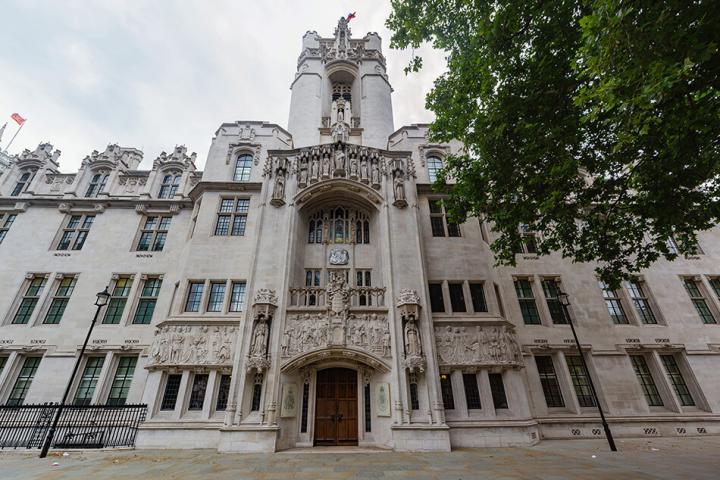What a relief: Nuffield Health wins landmark case

On Wednesday 7 June 2023, Nuffield Health’s seven-year legal battle with a London council came to an end, with the Supreme Court ruling in the charity’s favour in relation to its eligibility for business rates relief.
This case provides a clear steer for charities on the circumstances where rates relief must be applied.
Samantha Pritchard, partner in our charities and education team, summarises the case and reflects on its implications.
Background
Nuffield Health (Nuffield) is one of the UK’s largest charities with thousands of employees and a turnover of almost £1bn in its 2021 financial year.
Its charitable purpose is to “advance, promote and maintain health and health care of all descriptions and to prevent, relieve and cure sickness and ill health of any kind, all for the public benefit”. It operates hospitals, medical, fitness and wellbeing centres.
Nuffield occupies Merton Abbey gym, a members-only gym that it acquired from Virgin Active, a commercial operator, in 2016.
Nuffield sought mandatory 80% business rates relief from the London Borough of Merton Council (LBMC) in relation to its occupation of the premises.
Despite initially granting the business rate relief, LBMC withheld business rate relief from Nuffield in late 2016.
Its argument was that Nuffield did not operate the gym “for the benefit of the public” because the membership fees were set at a level which excluded certain sections of the public.
Test for business rate relief
Local authorities are required to provide 80% relief from business rates liability for premises that satisfy a two-part test:
- The occupier is a charity (or trustees for a charity), and
- The premises are wholly or mainly used for charitable purposes.
Any registered charity will be conclusively presumed to meet the first part of the test.
The second part of the test is met if, upon a factual assessment, the premises are wholly or mainly used directly for activities which further charitable purposes, or for activities that are sufficiently closely connected to such purposes.
LBMC argued that the second part of the test also required it to assess whether the premises also met the broader test for charitable status that applies to a charity; namely that it exists for wholly and exclusively charitable purposes for the benefit of the public.
Its view was that there was insufficient provision for those who could not afford the gym’s membership fees at this premises and therefore the second part of the test was not met.
The Supreme Court rejected this position, confirming that the public benefit test is solely within the jurisdiction of the Charity Commission to determine, based upon the purposes and activities of the charity overall, and not by individual local authorities on a site-by-site basis for the purposes of a rating decision.
Nuffield challenged LBMC’s approach successfully in both the High Court and the Appeal Court, leading to the most recent and final judgment from the Supreme Court.
Judgment
The Supreme Court unanimously agreed with previous judgments and dismissed LBMC’s appeal, stating that “The Supreme Court unanimously dismisses the council’s appeal. It holds that Nuffield Health uses the Merton Abbey gym for its charitable purposes.
Nuffield Health is therefore entitled to the mandatory 80 per cent relief from business rates with effect from 1 August 2016.”
Comment
This judgment provides helpful clarity that any charity occupying premises wholly or mainly for activities connected to their charitable purpose can claim 80% mandatory relief from business rates from their local authority. This is without also having to demonstrate on a site-by-site basis that they deliver public benefit.
This will be particularly useful to those charities carrying out a wide range of activities across multiple sites.
Rates relief provides a welcome saving for the sector, particularly at a time of increasing costs It is also worth noting that some local authorities will still grant 100% relief to charities, although this is at their own discretion.
If you have any questions about the topics discussed in this article, or on charity law in general, please contact Samantha using [email protected] or 0191 211 7905.
Organisations recognised as charities can claim 80% tax relief on their business premises. Depending on a charity’s local authority, this could rise to 100% tax relief at the local authority’s discretion.
Any charity (or trustees for a charity) or HMRC-registered community amateur sports club that occupies premises where the premises are wholly or mainly used for charitable purposes.
